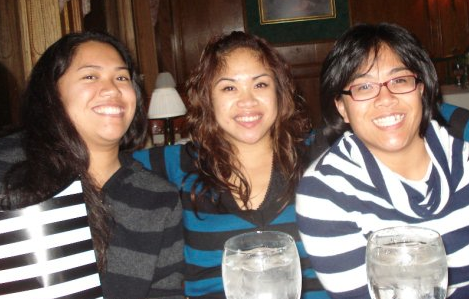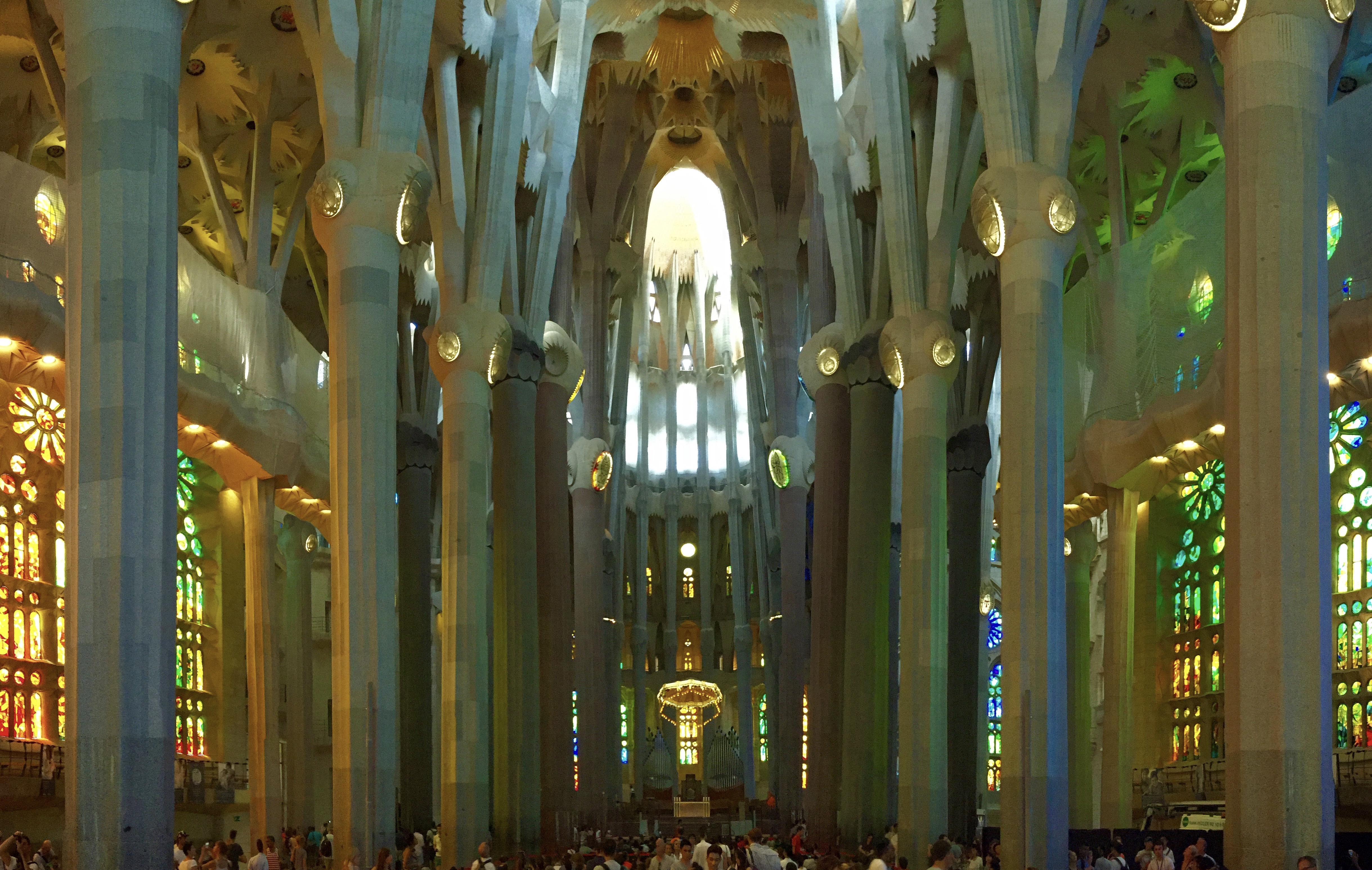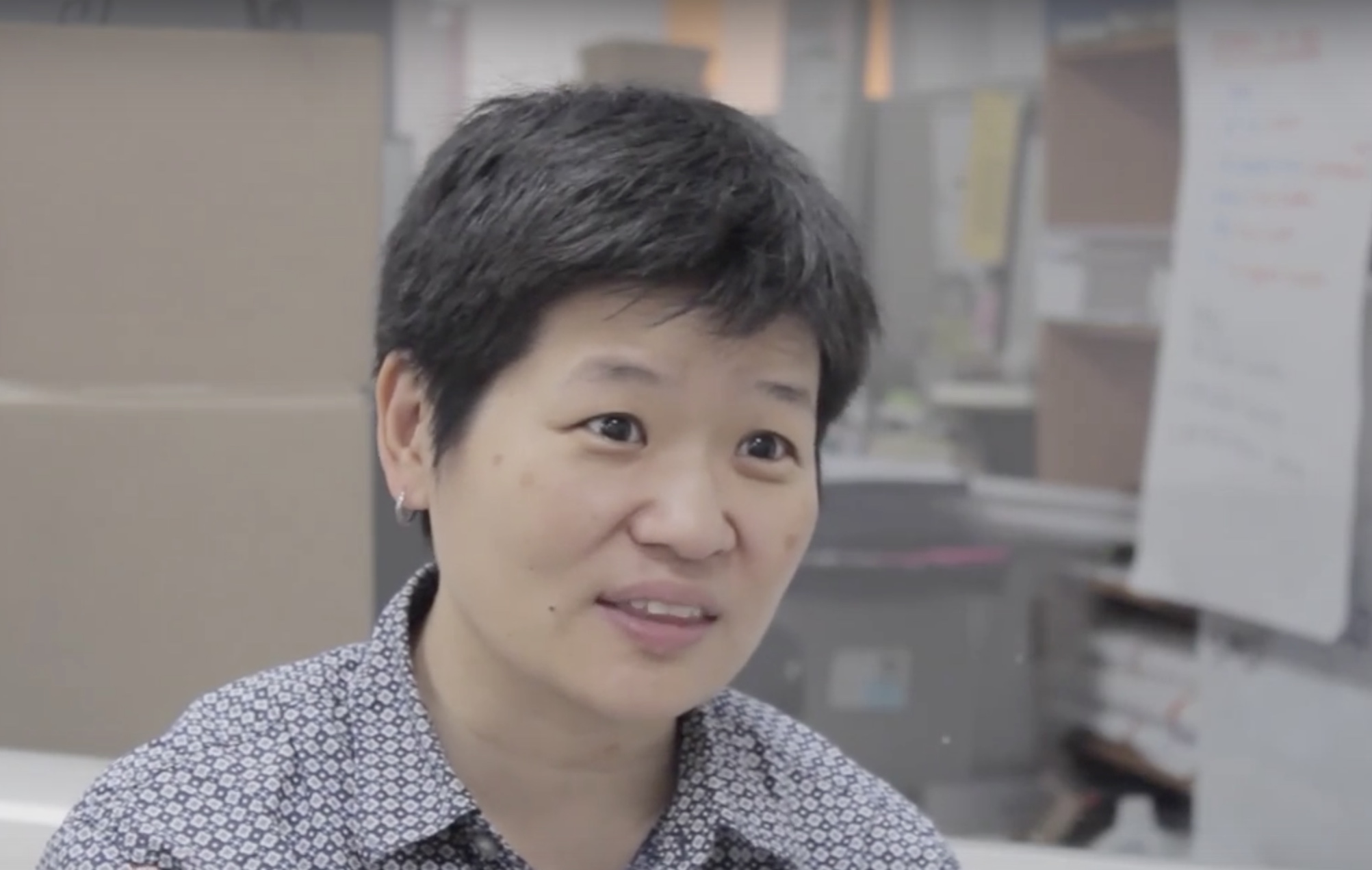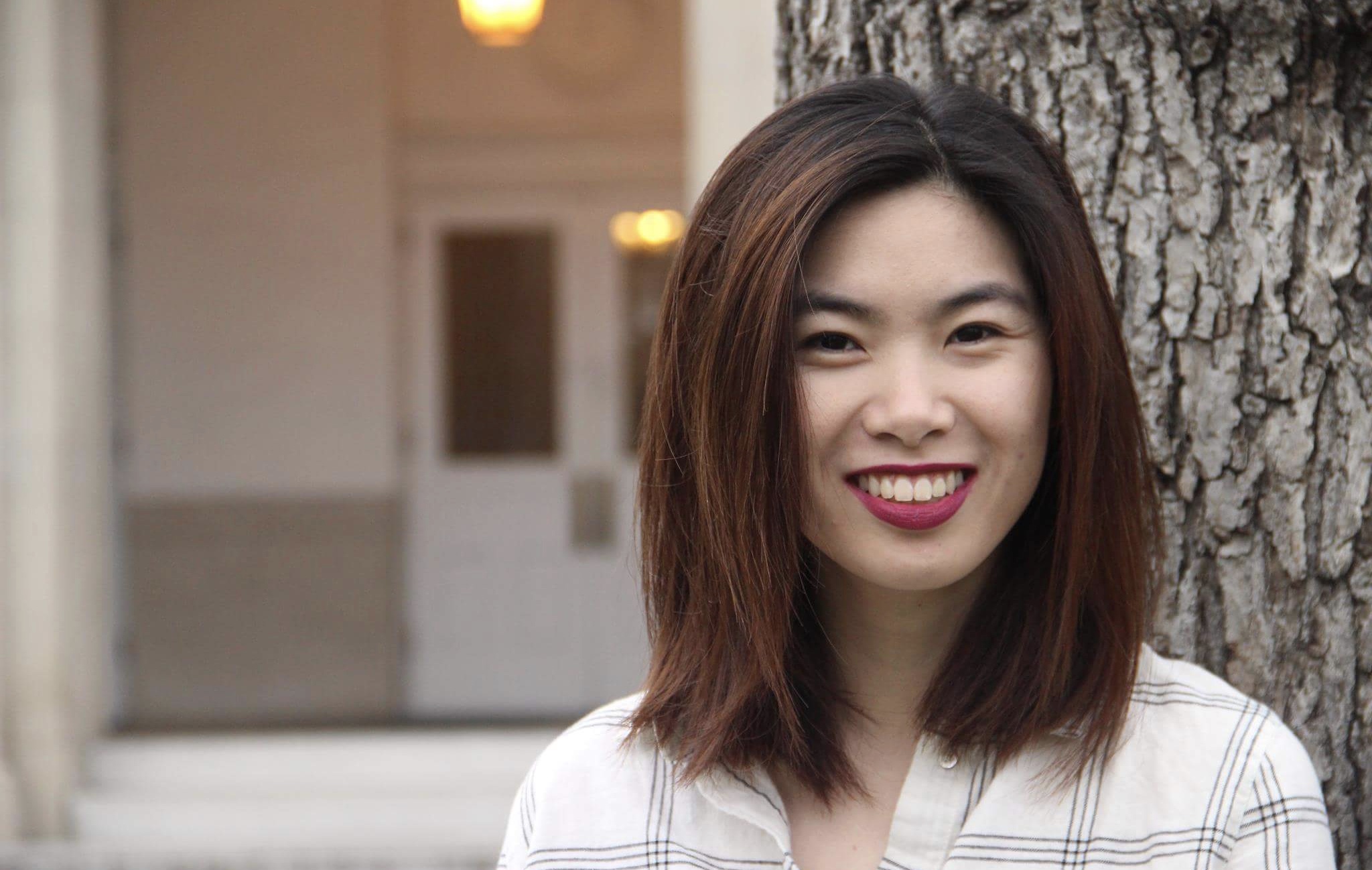
Karen Marie Maliwat Villa
My mother and her sister were 2 of 7 children to attend college in
the Philippines. My mother worked as a teacher under the first female
in the Philippines to become a CPA. My mother fell for the youngest
child of a rich Protestant family, got married, and had her first
child in Quezon City. She left the Philippines to come to the US as an
auditor for the US Department of Defense and coached my father on how
to get a job with the government. They had 4 children in the States. I
am their second child, the oldest female.
My parents fought constantly. They had limited support to forge a
lifestyle that was promoted as the “American Dream.” Leaving the
Philippines was glamorized and it made it difficult to deal with being
immigrants in the late 70s. It was not only the Pacific Ocean that
came between them and their hearts, but racism and sexism that
challenged their inner strength in their isolation and social
displacement in the US.
My mother’s mother was from a wealthy landowning family in Pampanga.
She fell in love with my grandfather who was an orphan. Her family was
displeased about her choice because my grandfather was poor, and she
received the least amount of land from the family plot. When my own
mother repeated the rebellious behavior in her choice to marry my
father, a Protestant, my grandmother refused to attend her wedding.
The apple doesn’t fall far from the tree.
I led was active in church activities (Communion, Confirmation, choir
etc.) and attended Taekwondo. I was always around other Filipino and
Asian children. However, my feelings of attraction would exhume in
fiery and intense adolescent friendship/romances with other girls as
early as the age of 8.
I held long-lasting romantic feelings for two girls, one from
cathechism and one from Taekwondo. These feelings never dissolved as I
began dating boys in middle school. By the time high school began,
feelings of isolation began to set in and I socially drowned through
the first 2 years because I no longer felt attached to the
“normal” pressures that other Filipino girls were subjected to. I
got involved in Band (of course) junior year and joined color guard.
I became enamored with my best friend, Sue, and Jenilee, a fellow
color guard teammate. All the while, I was in a relationship with the
hot Asian guy in band, (a saxophone player) Mark.
Mark and I broke up my junior year at UC Berkeley. I remained active
in the Asian American and Filipino student organizations. By this time
I had begun teaching two undergraduate classes in Asian American
Studies and Filipino American Studies. During my senior year at
Berkeley, I again fell deeply in love with a fellow member in the
Filipino student community, Stephanie, and still had residual feelings
for my best friend, Sue.
After Berkeley, I came back to Oxnard and in my spare time I would
read at Starbucks while looking to apply to graduate school. I
remained informed in SF Bay Area events, but was disconnected in
SoCal. I continued dating men until I reconnected with old high school
friends one day at Starbucks, Cheryll and Shaun. (Shaun was my senior
high school prom date.) They introduced me to the gay scene and we
attended the local Rainbow Alliance youth chat group.
One day, my little sister Nat, came out to my other little sister Shae
as bisexual. Shae came running into my room crying and all three of us
began to talk about it. By the end, I had come out to both my sisters
and soon after, I came out to my best friend, Sue, and my little
brother Berns. They were all supportive but also confused and at times
distant.
I met my first girlfriend Merriam online. Our first date was
disastrous, my car broke down in Irvine and she and a friend of hers
came to pick me up and drive us all back to San Diego where she was
from. Merriam had been in the scene for awhile, and was apprehensive
about meeting me, a newbie. I have nothing else to compare it to, but
the first is always special. I came out to my mother afterwards, who
was very hurt by it. Merriam visited me in Oxnard, but my mother never
welcomed her and instead locked herself in her room for the weekend.
When I visited Merriam in San Diego, her family made it hard on her to
come out as well and on several occasions I had to be smuggled into
her house so that I could spend time with her. After our first year
together, I decided to apply to graduate school and was accepted to
SFSU.
I moved to the Bay Area and began researching on the coming out
stories of queer pinays while trying to maintain my long distance
relationship with Merriam. The distance was too much and our
relationship ended after my first semester in grad school. I tumbled
out of focus and eventually dropped out of school. I began dating a
woman who would never come out of the closet and after our
relationship ended I moved back to SoCal.
The “Downelink bonfire” was an event held annually in La Jolla in
the 2000s, hosted by System of a Downe/All Systems Downe/etc, an Asian
group that organized parties during pride season. I made out with a
girl I met at the bonfire named Jonili and after 4 months we were
girlfriends.
Joni and I had taken my parents to see Superman Returns at a theater
in Oxnard and after the movie, my mother gave both her and I a kiss
goodbye on the forehead. This was the first time my mother accepted
who I was dating after I came out to her 4 years earlier. My mother
passed away a year later and Joni and I have been together for over
eight years now.
As partners, Joni and I went to Europe for the first time, grew out of
partying, bought our first pet, bought our first home, began attending
graduate school again, and have seen both of our families through
happiness, sickness and death. This is where coming out is for me. It
has never been an isolated event but a continuum. It has never been
much of a statement for me as it is a question. Because a question
involves everyone.
—–
Karen Marie Maliwat Villa is an activist-scholar with particular
interest in race, gender, and sexuality. She received her
undergraduate degree in Asian American Studies from UC Berkeley and is
currently completing a Master of Arts in Sociological Practice at CSU
San Marcos. She has over 10 years experience in the non-profit sector,
which includes advocacy, education, creative writing, volunteer
training, and grants management. She has been involved with various
non-profit organizations such as Asian Americans Advancing Justice,
Asian Pacific AIDS Intervention Team, Barangay Los Angeles, Ventura
County Rainbow Alliance and UC Berkeley student organizations such as
Pilipino Academic Student Services, Asian Pacific American Theme
House, maganda Magazine, and bridges Multicultural Resource Center.
Her research in progress is on queer social capital and Filpina/os in
Southern California.
Categories: LGBTQ


